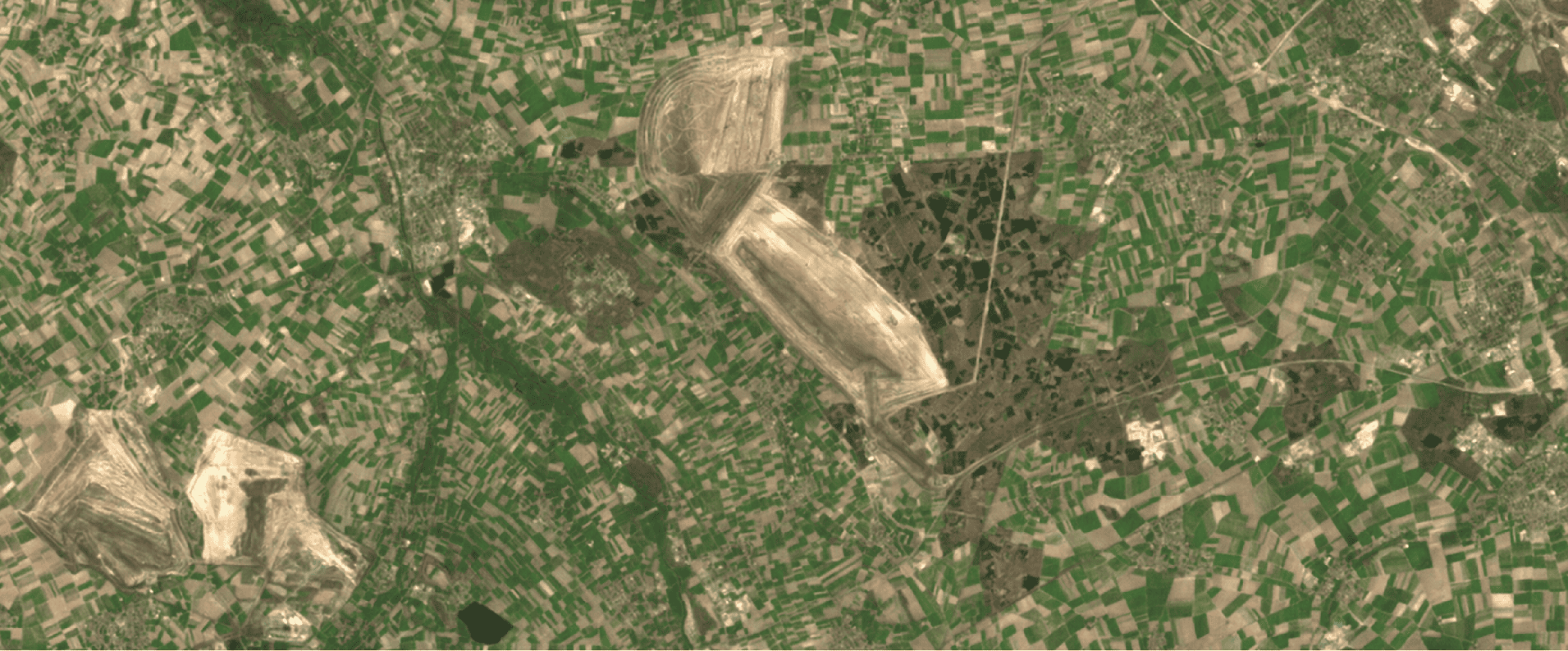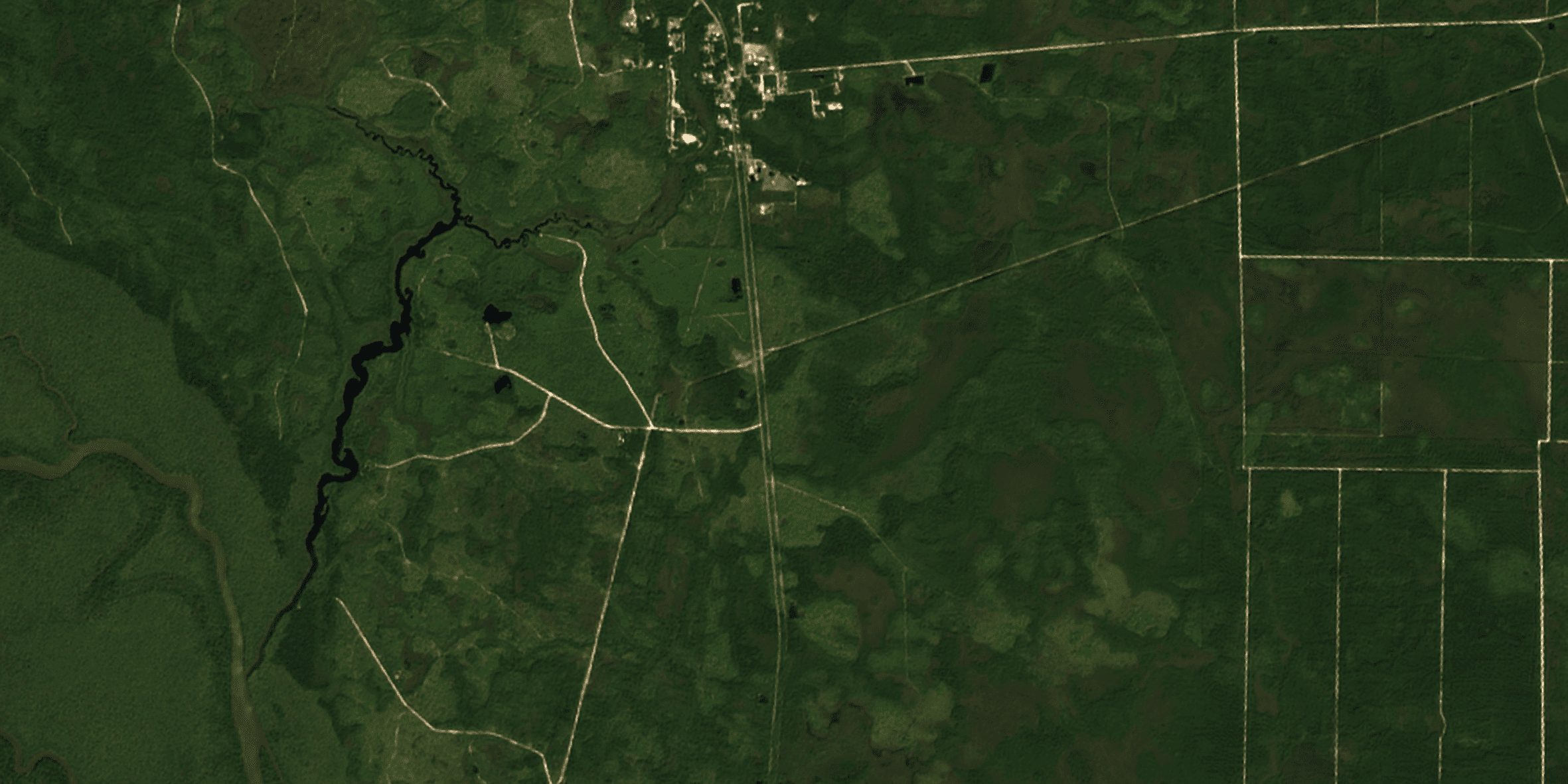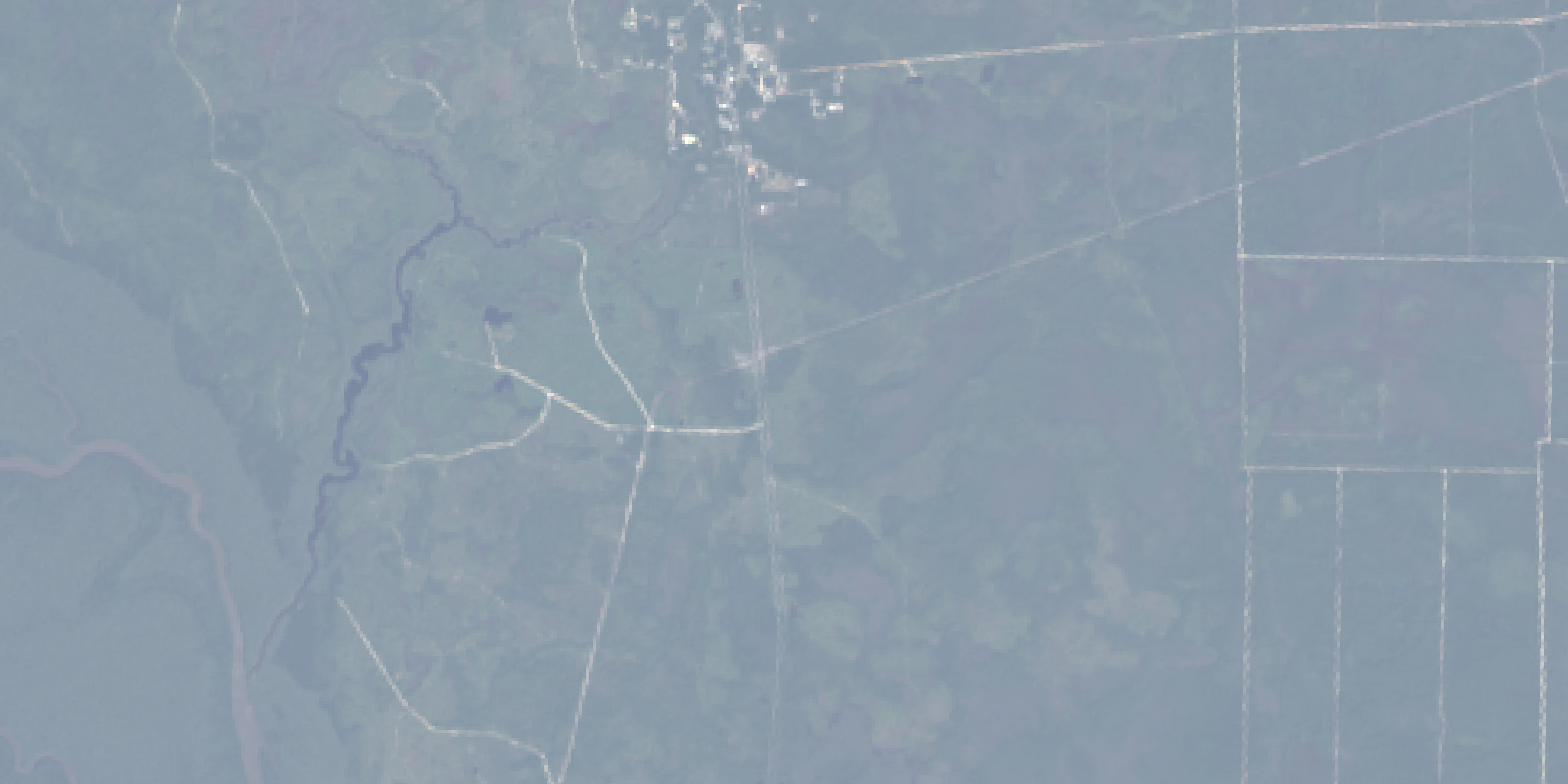
Landsat to Sentinel-2 Harmonization
Our harmonization service bridges the gap between Earth observation systems for those who prefer harmonization over data fusion. Using advanced deep learning models, we transform Landsat data to match Sentinel-2's spectral and spatial standards, enabling seamless integration into workflows reliant on Sentinel-2's high-resolution capabilities. This process delivers consistent, reliable data while unlocking the value of extensive historical archives from other satellite constellations.
Primary and secondary actionsTalk to usPrefer fusion?
Why Harmonization?
Harmonization provides a precise and focused solution for ensuring consistency in Earth observation data without the complexity of multi-sensor data fusion. By aligning Landsat data with Sentinel-2 standards, our service enables seamless integration into workflows while unlocking the value of extensive historical archives.
With decades of Landsat observations, users gain access to a robust temporal record, perfectly suited for long-term trend analysis and environmental monitoring. The standardized data simplifies workflows by eliminating the need for custom adaptations, providing analysis-ready results that save time and resources. Harmonization ensures data uniformity across time and satellite platforms, which is essential for critical applications like land-use monitoring and change detection.
Key Benefits:
- Seamless compatibility with Sentinel-2 workflows
- Access to Landsat’s historical depth
- Simplified workflows with analysis-ready results
Harmonization Workflow
Harmonizing Landsat data to match Sentinel-2 involves more than aligning spatial resolutions—it requires addressing differences in spectral bands to ensure compatibility. While many Landsat and Sentinel-2 bands align closely with only minor differences, others present unique challenges due to missing data.
For example, Sentinel-2 includes three red-edge bands (B5, B6, B7) that are absent in Landsat. To harmonize these bands, our models use advanced interpolation techniques that analyze the spectral relationships within Landsat data. By leveraging information from surrounding bands, the model estimates the missing red-edge bands with remarkable accuracy, enabling the harmonized dataset to maintain Sentinel-2’s multi-spectral richness.
This process also adjusts for subtle differences between bands that do exist in both datasets, ensuring consistent spectral profiles across the harmonized product. By addressing these gaps and differences, we create a seamless dataset that combines the historical depth of Landsat with the high-resolution capabilities of Sentinel-2, empowering users to make informed, reliable decisions.


Comparing the before (Landsat Level-1) and after (Sentinel-2 L2A) images to see the impact of our harmonization process.
Removing Haze and Atmospheric Effects
Harmonization doesn’t stop at simply matching Sentinel-2 standards. By simulating conditions as if observed under ideal atmospheric conditions, the harmonized data is lightly improved compared to average Sentinel-2 Level-2A (BOA) imagery. This enhancement mitigates the effects of haze and atmospheric distortions, producing data that often exceeds Sentinel-2’s typical clarity under real-world conditions.
This capability ensures that users benefit from both the consistency of harmonized data and the clarity of near-perfect observation conditions. The result is a high-quality dataset optimized for applications requiring precision and reliability, such as precision agriculture, land cover classification, and climate monitoring. Moreover, the harmonized data is fully compatible with existing Sentinel-2 workflows, making it an ideal solution for users already relying on Sentinel-2 imagery. By ensuring seamless interoperability with Sentinel-2 datasets, the harmonized product integrates effortlessly into analysis pipelines, offering a consistent and reliable extension to Sentinel-2’s capabilities.
Beyond Landsat Resolution
Using Landsat panchromatic bands when doing harmonization on Landsat 7 and Landsat 8/9, we increase the resolution acorss all multi-spectral bands. That's how we can deliver 10 m/pixel resolution imagery, when the original imagery is in a 30 m/pixel resolution.


A close-up comparison of Landsat Level-1 and our harmonized Sentinel-2 L2A to see the upsampling effect.
Data Specifications
The output is ten spectral bands which are in the same 10-meter resolution meaning Sentinel-2 bands in 20-meter resolution bands have been upsampled during the deep learning harmonization process. All spectral bands are in the same order and have the same band names as the Sentinel-2 MSI Instrument (ie. true color is [B4,B3,B2]).
| Band | Wavelength (nm) | Resolution (m) | Description |
|---|---|---|---|
| B2 | 443 | 10 | Blue |
| B3 | 490 | 10 | Green |
| B4 | 560 | 10 | Red |
| B5 | 665 | 10 | Red-edge 1 |
| B6 | 705 | 10 | Red-edge 2 |
| B7 | 740 | 10 | Red-edge 3 |
| B8 | 783 | 10 | NIR |
| B8a | 842 | 10 | Narrow NIR |
| B11 | 865 | 10 | SWIR 1 |
| B12 | 1610 | 10 | SWIR 2 |
The cloudless data has been corrected with Sen2Cor for bottom-of-atmosphere disturbance beforehand. Furthermore, all of our Sentinel-2 data is harmonized to the pre-January 25. baseline. This is to allow for more efficient time-series analysis across multiple years.
If you don't mind working with individual tiles, the easiest, fastest, and cheapest way to acquire ClearSKY Vision data is by purchasing our own standard tile size (2,621 km²). The imagery is projected in UTM and saved in GEOTIFF as INT16. You can read more in our docs.